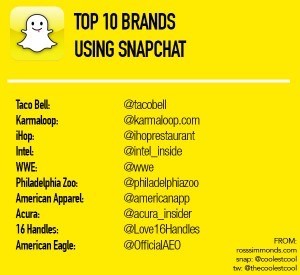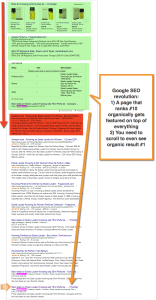
It’s safe to say that the CRM market is booming. By 2017, it’s expected to hit $ 37 billions, yet the overall install base around the world is slightly over 1%.
How is it possible?
A lot of businesses, especially startups and small to mid-sized companies, are initially put off by the CRM development costs and/or requiring monthly payments set by the top industry players like Oracle, SalesForce and others.
However, keeping your business data in spreadsheets isn’t a viable long-term strategy for growth. At the certain point, you’ll face the decision of hiring a CRM software development company to build the product for you versus studying the pre-made solutions.
This guide will help you make the right decision and accurately calculate the costs of each option.
The Key Aspects To Consider When Making The Buy vs. Build Decision
You can answer the question in a rational way if your decision-making process starts with creating and evaluating the list of pre-defined requirements for your CRM web application.
Requirements
The definitive pro of choosing to make a CRM system is that the product will meet all your custom requirements and suit the unique business processes.
On the other hand, certain requirements may be difficult/costly to implement in the alpha product version, hence they’d be pushed to another build, which means that the overall cost to a develop CRM system will rise accordingly.
If you choose to hire a CRM development company that isn’t particularly familiar with your domain, they may not be able to understand your unique problems, and may not be able to discover certain unknown requirements.
Hence, at this stage you need to sit down and brainstorm a long list of all the required web app features. Ideally, it should be a cross-team discussion (with sales, marketing and customer support reps invited) to help you create the definitive features list – the one, which will result in the ultimate solution, which meets the collective requirements.
Reverse engineering is one powerful technique to help you collect all the product requirements (including the hidden ones).
Once you have a complete list, you should rank all the requirements on a 1 to 10 scale in terms of importance. With the final version you are ready to approach and assess various existing solutions, along with the potential CRM development pricing.
Analyze The Gap Between Existing and Custom Solutions
Your requirements list can be now turned into a comprehensive Request for Information (RFI) document for vendors. Now evaluate the vendor’s responses by adding a score for each feature/requirement.
In order to do this, you need to multiply the requirement importance weight by the product rating weight. Here’s a handy chart to do the latter:

Source: http://www.cio.com
Based on the responses and further evaluation you have made, you can now rationally answer the question whether there is a comprehensive ready-made solution available on the market, or if it’s time to consider how to build a CRM system from scratch.
In general, if an existing solution meets your requirements by less than 60%, you should either:
- Build a custom solution for your business.
- Give up certain requirements, which are low in terms of importance.
- Consider upgrading an existing solution with certain custom code elements.
Now, let’s move on to the money talks and have a closer look on whether hiring developers to a project will actually cost you much more than purchasing an existing SaaS or desktop CRM product.
How Much Does a CRM Software Cost to Develop?
The initial cost for CRM development usually starts from $ 50,000 and onward based on the project scope and requirements for the first build. While the price tag certainly seems hefty, especially for startups, CRM systems are usually developed continuously. Hence, your investment will be spread over a 3 to 10 years time span.
Most existing CRM systems and cloud services are usually priced per user. Meaning, the larger your team grows – the more you’ll be forced to pay on a requiring basis. Unlocking additional features and custom modules may require even more monthly payments.
Additionally, think of the following – your sales team obviously will use the product on a daily basis. Yet, if your marketing team or the key management personnel would like to have occasional access to the system as well, you’ll be required to pay for daily usage as well. Hence, you may be forced to restrict access, yet this means that the overall company efficiency and productivity may suffer.
Now, let’s take a look at the service pricing of one popular CRM vendor. Their enterprise-sized package is priced at $ 125 per user per month. Some quick math here:
25 users X $ 125 = $ 3125 per month = $ 37,500 per year = $ 187,500 for 5 years.
For the same amount of money your company could have already built a powerful, custom CRM system, which would require far less investments in maintenance and possible tech support.
Bottom line: While CRM development may initially seem like a costly and unnecessary investment, the costs are typically justified when revived in the long-term perspective. Do the evaluation and selection process carefully to avoid paying for features that you may not need or a product that does not meet all your requirements.
Business & Finance Articles on Business 2 Community(87)









